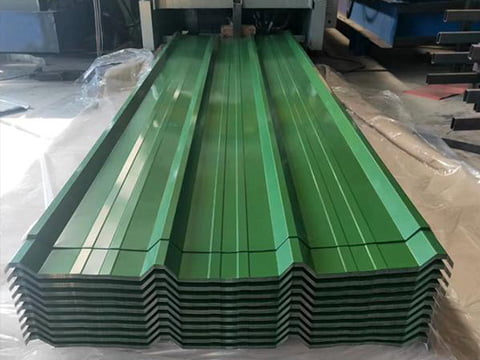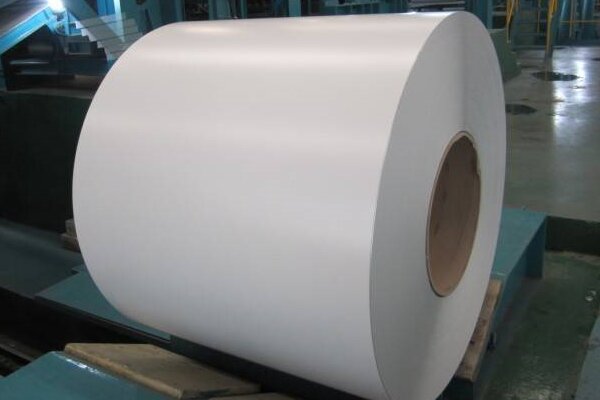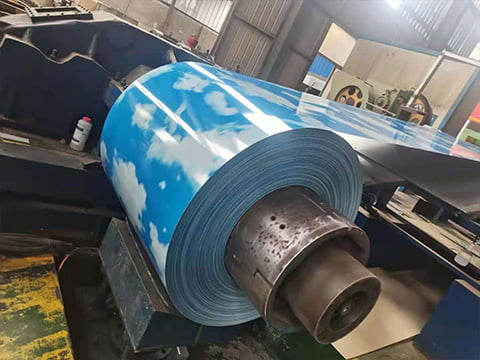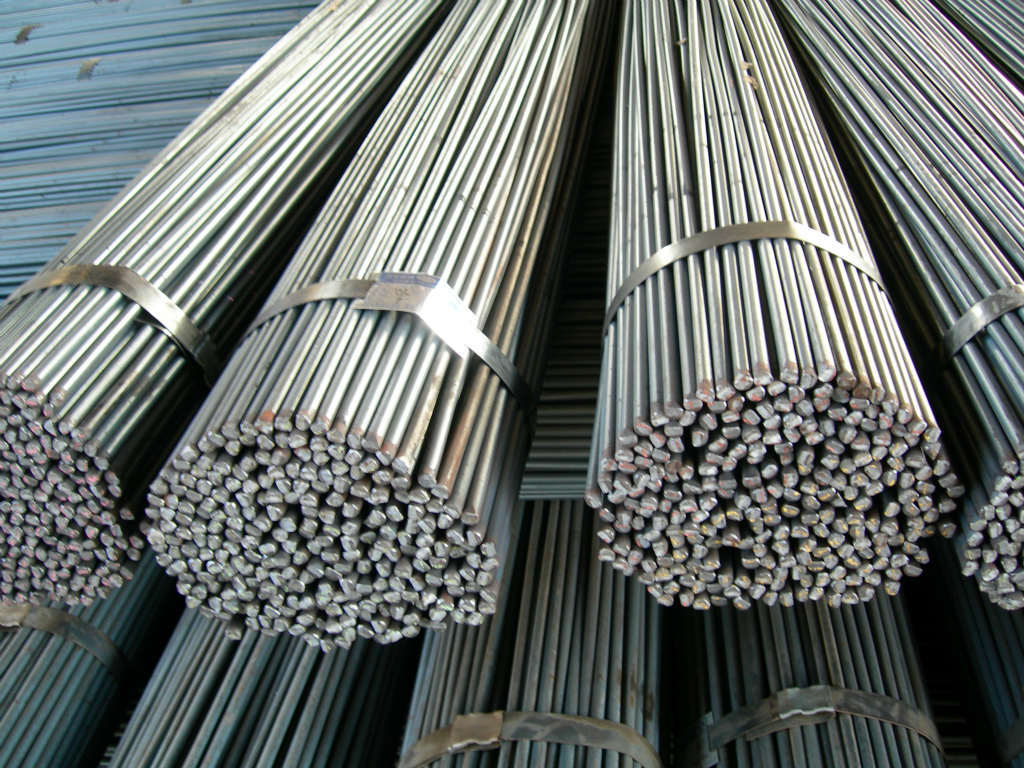This article explores the key differences between 304 vs 316 stainless steel to help engineers, purchasers, and consumers make an informed choice.
Stainless steel is a cornerstone material of modern manufacturing, with 304 and 316 stainless steel dominating industrial applications. While both are austenitic stainless steels with similar properties, their differences in chemical composition, performance, and cost make them suitable for different uses.
1、Chemical Composition Differences
The main difference lies in their alloying elements:
304 stainless steel: Contains 18% chromium and 8% nickel (18/8 grade) and no molybdenum. This composition provides strong corrosion resistance in mild environments.
316 stainless steel: Adds 2-3% molybdenum to enhance resistance to chloride-induced corrosion (such as seawater or de-icing salts). Its chromium (16-18%) and nickel (10-14%) content further improves durability.
316 stainless steel contains molybdenum, which makes it excel in corrosive environments, while 304 stainless steel may fail due to pitting or crevice corrosion.

304 vs 316 Stainless Steel Chemical Composition
2、Performance Differences
Corrosion resistance in harsh conditions
304 steel: Resists oxidation and general corrosion, but performs poorly in chloride-rich environments. Prolonged exposure to seawater or humid coastal air may cause rust.
316 steel: It performs well in marine environments and chemical processing due to the protective effect of molybdenum. It can withstand acids such as sulfuric acid and acetic acid, making it a good choice for industrial equipment.
For example, 316 stainless steel is used in ship fittings, chemical storage tanks, and coastal building structures, while 304 stainless steel is reserved for less corrosive applications such as kitchen appliances.
Mechanical properties and heat resistance
Tensile strength:
- 304 stainless steel: 500–700 MPa.
- 316 stainless steel: 400–620 MPa, slightly lower, but still strong.
Термостойкость:
- 304 performs well up to 870°C (1500°F), but there is a risk of corrosion at 425–860°C.
- 316 maintains structural integrity at higher temperatures (up to 1600°C) and resists creep under extreme conditions.
Both grades are non-magnetic and cannot be hardened by heat treatment, but 316L (a low-carbon variant) mitigates sensitization during welding.
| Тип | UTS N/mm2 |
Yield N/mm2 |
Elongation % | Твёрдость HRB |
Comparable DIN number |
|
| wrought | cast | |||||
| 304 | 600 | 210 | 60 | 80 | 14301 | 14308 |
| 304L | 530 | 200 | 50 | 70 | 14306 | 14552 |
| 316 | 560 | 210 | 60 | 78 | 14401 | 14408 |
| 316L | 530 | 200 | 50 | 75 | 14406 | 14581 |
3、Different applications
304 stainless steel uses
Food processing: food-grade certification for cutlery, sinks and preparation tables.
Household appliances: refrigerators, dishwashers and cookers.
Construction: wall panels, elevators and bathroom fixtures.
316 stainless steel uses
Marine engineering: marine railings, propellers and seawater valves.
Chemical industry: reactors, pipes and heat exchangers.
Medical devices: can also be used for surgical instruments and implants due to biocompatibility.

316L stainless steel

304 stainless steel
Knowledge: Chicago’s iconic “Bean” sculpture is made of 316 stainless steel to withstand harsh weather.
4、Cost Considerations: Budget vs. Long-Term Value
Due to the higher nickel and molybdenum content, 316 stainless steel is 20-30% more expensive than 304 stainless steel. While 304 stainless steel offers cost-effective durability in everyday use, in corrosive environments, investing in 316 stainless steel can result in lower long-term expenses due to reduced maintenance and replacement costs.
How to choose between 304 vs 316 stainless steel?
Choose 304 if:
Budget is tight.
Applications involve food contact, indoor use, or mild chemicals
Choose 316 if:
Exposure to chlorides or marine environments.
Long-term durability outweighs upfront costs
Заключение
While 304 vs 316 stainless steel have some similarities, their chemical, mechanical, and environmental properties determine whether they are suitable for specific environments. For most consumers, 304 provides ample corrosion resistance and an affordable price. However, for industries that require resistance to chlorides or extreme temperatures, 316 will benefit from its advanced properties. Before selecting a grade, be sure to evaluate operating conditions and life cycle costs.
By understanding these differences, buyers can optimize material selection to ensure excellent functionality and economic benefits. If you need detailed specifications or purchasing requirements, please contact us. Wanzhi Steel is a reputable steel manufacturer and supplier. We have a professional sales team, steel production team, and after-sales service team to provide you with high-quality products and excellent services.



